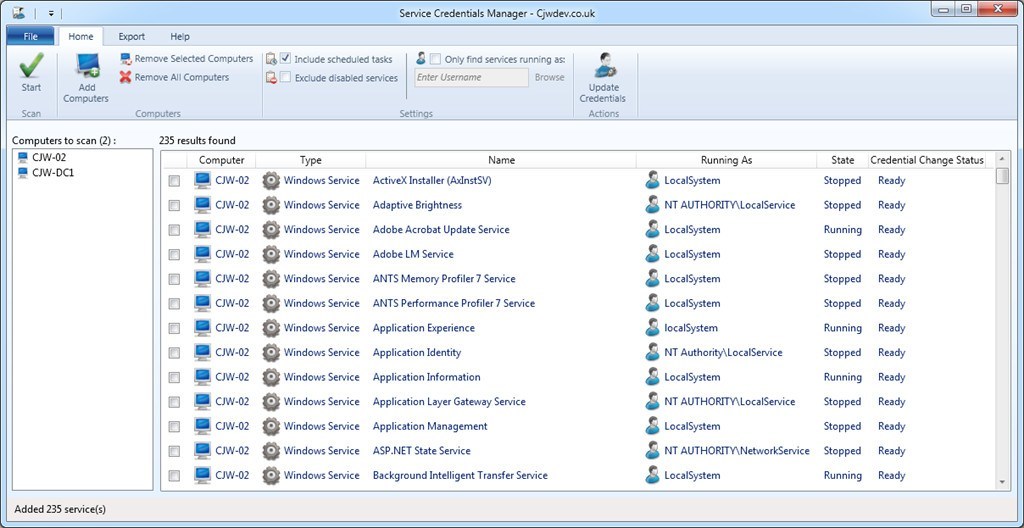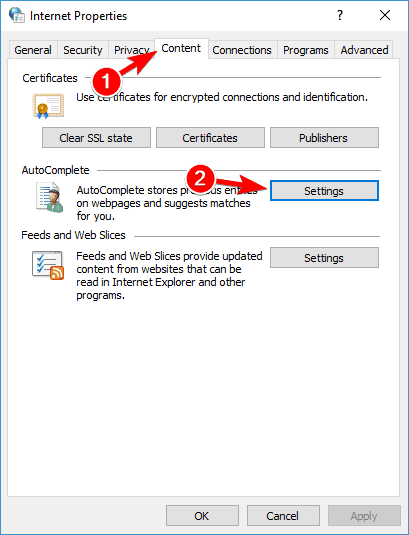

The method that works the same in all versions of Windows. How to open the Credential Manager in Windows Unless you want to know which credentials are stored on your computer or you need to remove or edit an incorrect one, you do not need to use the Credential Manager. The Credential Manager receives notifications when authentication information changes and updates it automatically, saving the latest valid information. These credentials are automatically stored and managed by Windows and the applications that you use. In Windows 10 and Windows 8.1, Certificate-Based Credentials and Generic Credentials are grouped in the Windows Credentials section. They exist only in Windows 10 and Windows 8.1, but not in Windows 7.

Examples of such apps include OneDrive, Slack, Xbox Live, etc.

Most people will never need to use such credentials and this section is empty on their computers.

Certificate-Based Credentials - they are used together with smart-cards, mostly in complex business network environments.If this happens, you can edit or remove the incorrect credential, as shown in later sections of this article. If you type a wrong log-in credential, Windows remembers it and fails to access what you need. It can also store the password of the Homegroup you have joined and uses it automatically each time you access what is being shared in that Homegroup. For example, Windows can use these credentials to automatically log you into the shared folders of another computer on your network. Windows Credentials - are used only by Windows and its services.Credentials are split into several categories: This information can be saved by Windows for use on your local computer, on other computers in the same network, servers or internet locations such as websites.This data can be used by Windows itself or by apps and programs like File Explorer, Microsoft Office, Skype, virtualization software and so on. How to remove a credential from WindowsĬredential Manager is the "digital locker" where Windows stores log-in credentials like usernames, passwords, and addresses.How to navigate your stored Windows credentials.How to open the Credential Manager in Windows.


 0 kommentar(er)
0 kommentar(er)
